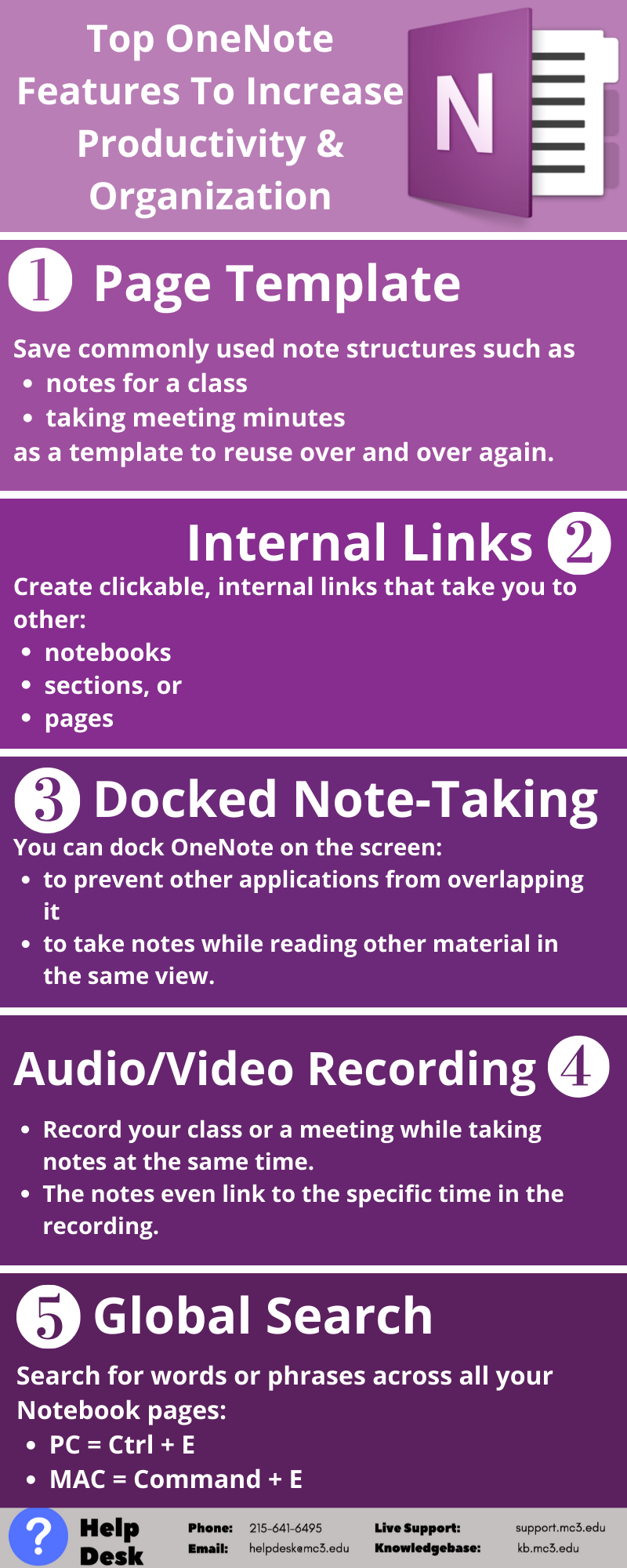Unlock the full Microsoft Office experience with a qualifying Microsoft 365 subscription for your phone, tablet, PC, and Mac. Microsoft 365 annual subscriptions purchased from the app will be charged to your App Store account and will automatically renew within 24 hours prior to the end of the current subscription period unless auto-renewal is. Microsoft OneNote with a Microsoft 365 subscription is the latest version of OneNote. Previous versions include OneNote 2016, OneNote 2013, and OneNote 2010. Follow Microsoft 365.
Microsoft is making big changes to OneNote for Windows: The Win32 desktop app will no longer be included in Microsoft Office. Instead, OneNote for Windows 10, the UWP app, will be included in both Office 365 and Office 2019. OneNote for Mac, Android, iOS, and the web are unaffected.
OneNote Help & Learning. OneNote for Mac. OneNote for Mac is part of Office 2019 and Microsoft 365, but it can also be downloaded from the Mac App Store and used independently on any Mac with a 64-bit processor running macOS 10.13 or later. OneNote for Mac features a full Office ribbon interface that can be permanently shown, or hidden until. Collaborate for free with online versions of Microsoft Word, PowerPoint, Excel, and OneNote. Save documents, spreadsheets, and presentations online, in OneDrive.
The move shouldn’t be a huge surprise for those paying close attention to OneNote’s development. Back in February 2015, Microsoft made OneNote for Windows completely free by removing all feature restrictions. This untethering of OneNote from Office meant users could download OneNote 2013 for Windows 7 and Windows 8 without having to pay for Office 2013.
OneNote 2016 came and went without much fanfare, as Microsoft focused its efforts on the free app, the latest version of which is OneNote for Windows 10. Indeed, Microsoft added many of the top features from OneNote 2016 to the Windows 10 version, and also kept many of the updates exclusively for the latter, including intuitive inking, built-in intelligence, and improved accessibility. Then late last year, in the Office 2019 announcement, OneNote was not mentioned alongside Word, Excel, PowerPoint, and Outlook.
At the time, Microsoft described Office 2019 as bringing “new user and IT capabilities for customers who aren’t yet ready for the cloud.” Given OneNote’s dependence on the cloud, and the fact that Office is a paid product while OneNote is free, the move to decouple the two was some three years in the making.
To be clear, OneNote is still included in Office. By making it available as a free download in February 2015, and now killing off the Win32 desktop version, Microsoft hinted and today confirmed that OneNote can stand on its own.
Microsoft will no longer update the OneNote 2016 app with new features. Support, bug fixes, and security updates will continue throughout the Office 2016 lifecycle — mainstream support for OneNote 2016 ends in October 2020 and extended support ends in October 2025. That said, OneNote 2016 will be optionally available for anyone with Office 365 or Office 2019; it simply will not be installed by default.
OneNote for Windows 10
This also means Microsoft doesn’t have to keep up development of two apps, since OneNote for Windows 10 will get all the attention, including any that would have inevitably gone to OneNote 2019. Microsoft has long struggled to explain the differences between the two apps, even creating a support page specifically addressing the question “What’s the difference between OneNote and OneNote 2016?”
There’s another side benefit to this change for Microsoft: Users will have another incentive to get Windows 10.
For this and other reasons, some still prefer OneNote 2016.
Here is Microsoft’s explanation today as to why OneNote for Windows 10 is superior:

Why OneNote for Windows 10? The app has improved performance and reliability, and it’s powered by a brand new sync engine (which we’re also bringing to web, Mac, iOS, and Android). You don’t need to worry about being on the latest version since it’s always up-to-date via the Microsoft Store, and it lets us deliver updates faster than ever before. In fact, over the last year and a half we’ve added more than 100 of your favorite OneNote 2016 features based on your feedback.

And still, there are OneNote 2016 features that aren’t in OneNote for Windows 10. Microsoft is asking users to help prioritize what to port over by submitting suggestions in Windows 10’s Feedback Hub.
New features
Microsoft also made a point today to show off new features coming to OneNote for Windows 10. The following three “top-requested features” will be arriving “in the coming months”:
- Insert and search for tags: OneNote 2016’s tags feature is coming to OneNote for Windows 10, letting users insert, create, and search for custom tags. Tags you create will now roam with you to across your devices, and OneNote will even show you tags other people have used in a shared notebook so you don’t have to recreate them yourself.
- View and edit files: See live previews of Office files in OneNote, work together on attached documents, and save space in your notebooks with cloud files. Microsoft describes this as “the benefits of saving a file on OneDrive with the context and convenience of an attachment or preview on a OneNote page.”
- Additional Class Notebook features: The full slate of Class Notebook features available in the add-on for OneNote 2016 will be built into OneNote for Windows 10.
Onenote For Mac Office 365 Outlook
Microsoft didn’t give a timeframe for these additions other than “this summer.” Expect these updates to thus roll out by mid-September.
Onenote For Office 365
